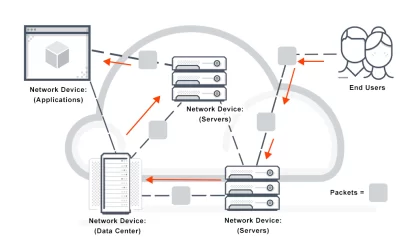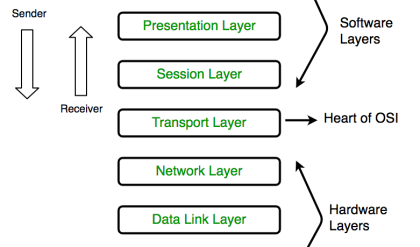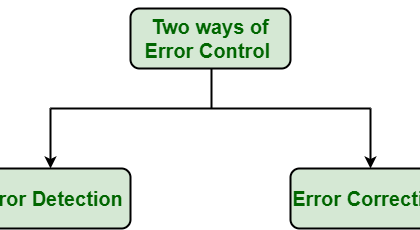In the NGN Architecture, it has two major parts namely WCS (Wireless Call Server) and MGW (Media Gateway). The real intelligent or call processing part is WCS. Different types of

media and technologies are connected to MGW. All the processing part of connected technologies and media is handled in WCS. WCS and MGW communicate using a protocol named as EGCP (Standard protocol =H.248. EGCP is an Alcatel proprietary protocol). WCS and MGW is connected through an IP/MPLS network. And that IP/MPLS (Multi-Protocol Label Switching) backbone consists of Routers and Switches. When we connect two nodes we will always add a redundant path too. Because especially in telecommunication networks Redundancy is considered as one of the most important concepts. We never put one, we always put at least two. Because if one link fails, there is always another link there to carry out the service. We need to keep the utilization of a link below 50% to make sure that redundant path can take over the traffic of the failed link.
In a NGN network we need to provide various services. Such as SIGTRAN, Operation & Maintenance of the NGN, VoIP services, RNC traffic (IuB, IuPs, etc), etc. These services/networks should independent from each other. That’s why we use MPLS network. Using MPLS concepts like VLANs (Virtual Local Area Network) and VPRNs (Virtual Private Routed Network) we can configure these networks to function independently. Following Figure: A typical LAN connection will give an idea about this concept.

Technical Floor/Engineering Section LAN is connected to the LAN of IT. Technical floor is also divided into few sub sections. I.e. SWITCH, IN. if a SWITCH engineer wants to do some operation & maintenance in the telecom network, he can easily do it by logging into the LAN of SWITCH. Another important thing is how CDRs were received by the Billing department. As shown in the Figure Billing Server receives CDRs through IT network.
If we compare Legacy and NGN architectures, MSCs are replaced by WCSs and MGWs. There were two types (conceptually) of MSCs namely VMSC and GMSC. The following Figure: WCS & MGW will provide an example on how GMSC functions were replaced by WCS and how MGWs connected to BSCs.

Consider a company where majority of IDD calls are VoIP. For VoIP we use SIP (Session Initiation Protocol). Now companies are using a device called SBC (Session Border Controller) which is regularly deployed in VoIP networks all over the world. SBC will protect the network and devices from malicious attacks and at the same time will allow different parts of the network to communicate through the use of variety of techniques such as NAT (Network Address Translation), SIP, IPV4/6, etc.
Following figure will give you a clear idea on how the previous system was there and how it is replaced now using a SBC.






